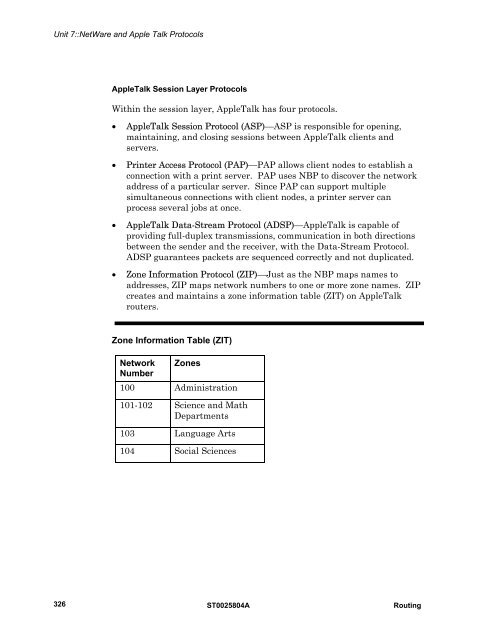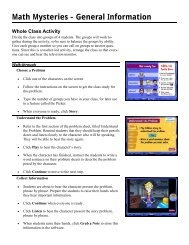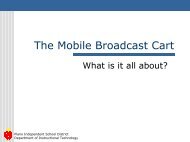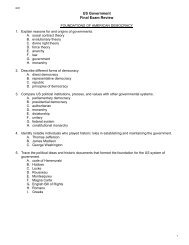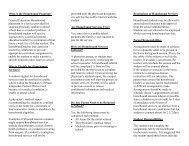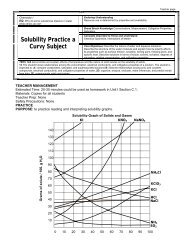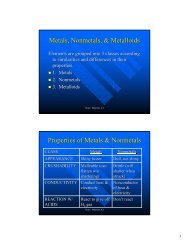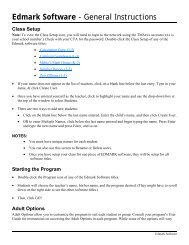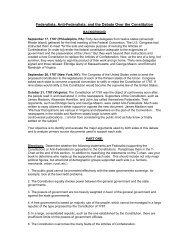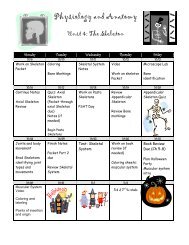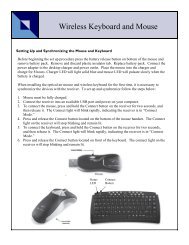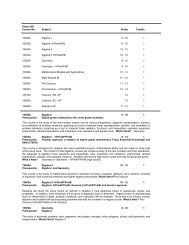You also want an ePaper? Increase the reach of your titles
YUMPU automatically turns print PDFs into web optimized ePapers that Google loves.
Unit 7::<strong>NetWare</strong> <strong>and</strong> Apple Talk Protocols<br />
<strong>AppleTalk</strong> Session Layer Protocols<br />
Within the session layer, <strong>AppleTalk</strong> has four <strong>protocols</strong>.<br />
• <strong>AppleTalk</strong> Session Protocol (ASP)—ASP is responsible for opening,<br />
maintaining, <strong>and</strong> closing sessions between <strong>AppleTalk</strong> clients <strong>and</strong><br />
servers.<br />
• Printer Access Protocol (PAP)—PAP allows client nodes to establish a<br />
connection with a print server. PAP uses NBP to discover the network<br />
address of a particular server. Since PAP can support multiple<br />
simultaneous connections with client nodes, a printer server can<br />
process several jobs at once.<br />
• <strong>AppleTalk</strong> Data-Stream Protocol (ADSP)—<strong>AppleTalk</strong> is capable of<br />
providing full-duplex transmissions, communication in both directions<br />
between the sender <strong>and</strong> the receiver, with the Data-Stream Protocol.<br />
ADSP guarantees packets are sequenced correctly <strong>and</strong> not duplicated.<br />
• Zone Information Protocol (ZIP)—Just as the NBP maps names to<br />
addresses, ZIP maps network numbers to one or more zone names. ZIP<br />
creates <strong>and</strong> maintains a zone information table (ZIT) on <strong>AppleTalk</strong><br />
routers.<br />
Zone Information Table (ZIT)<br />
Network<br />
Number<br />
Zones<br />
100 Administration<br />
101-102 Science <strong>and</strong> Math<br />
Departments<br />
103 Language Arts<br />
104 Social Sciences<br />
326<br />
ST0025804A<br />
Routing


